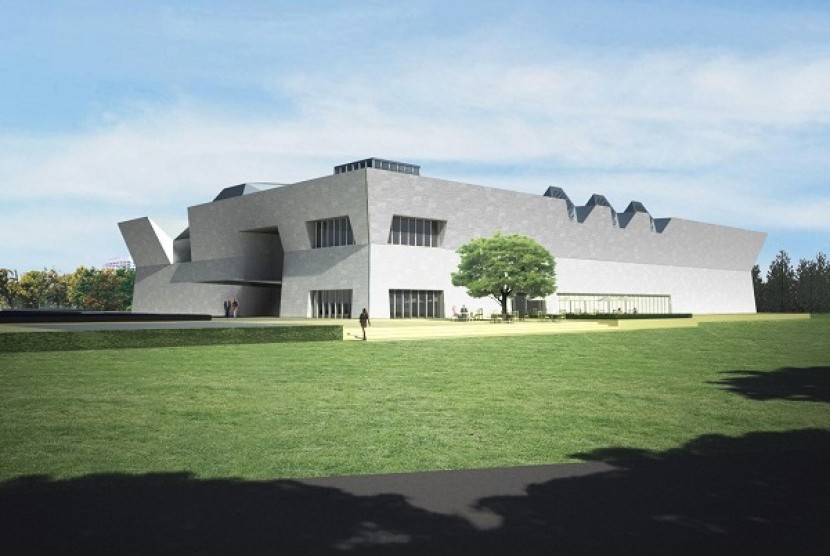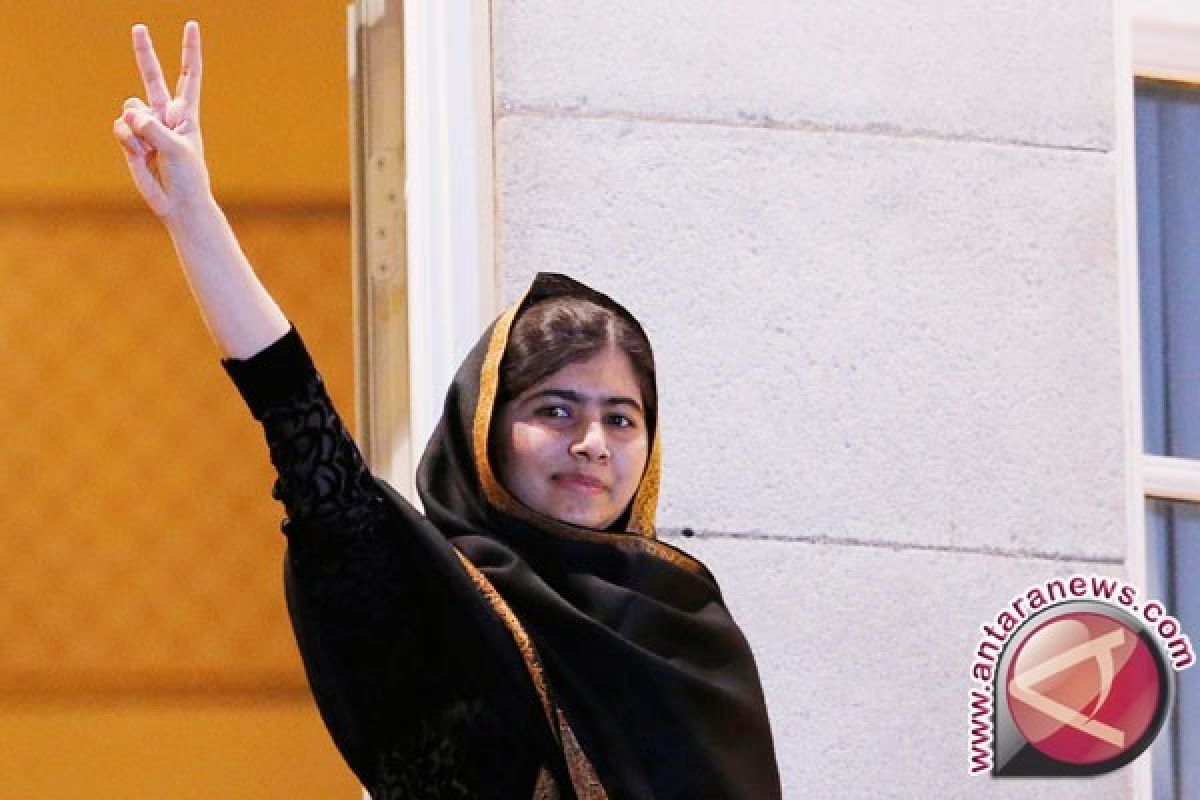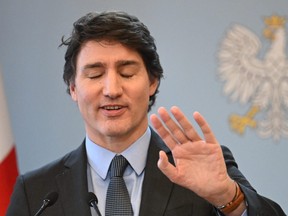The Aga Khan Museum showcases the legacy of Islamic civilization.
REPUBLIKA.CO.ID, TORONTO — Kate Taylor, in an article published in The Globe And Mail, gave her opinion on the exhibition Aga Khan Museum recently. He is a visual arts critic at Globe and Mail and writes about film and cultural policy.
He began his presentation by delivering, in a corner of the exhibition to Museum Aga Khan, there are panels of blue and white tiles made in Syria in the 16th century. It shows an archway, a lantern, and the dark silhouette of a pair of sandals. These are the sandals of Prophet Muhammad SAW.
The panel affirmed Western understanding of the role of art in Islam. This exhibition raises a visual theme, which sometimes contradicts the interpretation itself.
According to Ulrike Al-Khamis, who was appointed director of the Toronto museum last July and curator of the exhibition, this is a complete misunderstanding created by Western scholars.
“They don’t take into account the complex and diverse nature of Muslim culture. This exhibition shows the fact that Muslim culture, like other cultures, has an image in relation to their needs,” he said, as Reuters reports. The Globe and the Mail, Wednesday (4/27/2022).
One of these needs is the expression of political power. In the thematic section, there are beautiful miniatures celebrating the consumption of the Mughal Emperor, who ruled parts of India, Pakistan and Bangladesh from the 16th to the 19th century. While the latest photo portraits confirm the continuity of the dynasty of royal houses in the Gulf countries.
Subtle or not-so-subtle, images of rulers are a form of propaganda, as current Iranian artist Siamak Filizadeh pointed out in his 2014 photomontage titled Coronation which shows 19th-century Persian king Naser al-Din Shah seated on a throne supported by women’s feet and surrounded by other images,” Taylor explains.

“Travel nerd. Social media evangelist. Zombie junkie. Total creator. Avid webaholic. Friend of animals everywhere. Future teen idol.”






